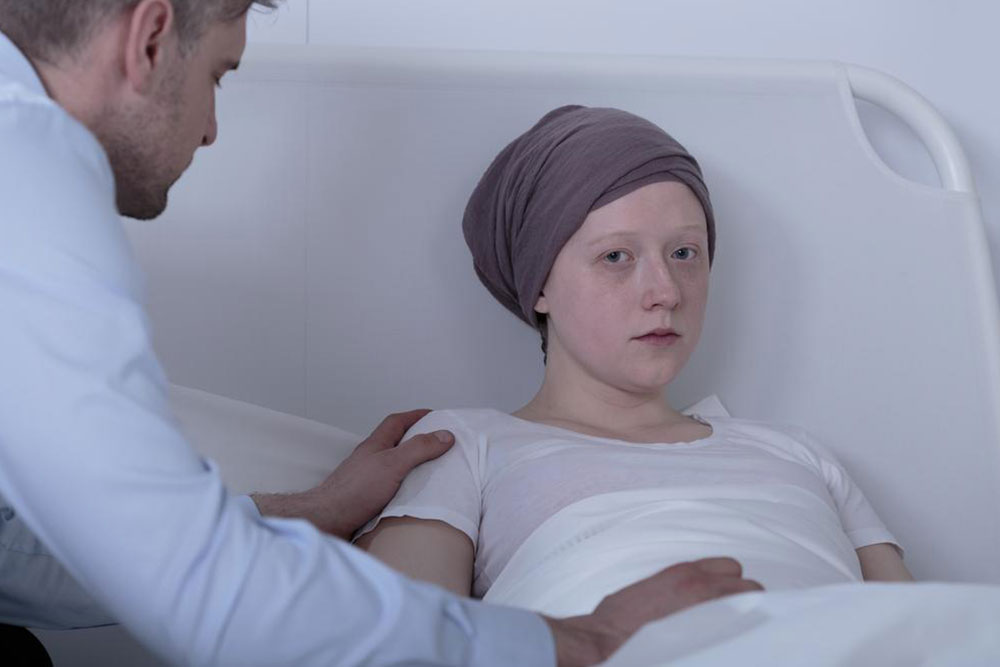Understanding and Managing Chronic Myeloid Leukemia
Chronic myeloid leukemia (CML) is a blood cancer affecting older adults, caused by genetic mutations. It develops slowly through three stages, with symptoms like fatigue, night sweats, and bone pain. Early detection and diagnosis via blood tests and scans are vital. While CML cannot be cured, treatments like targeted drugs, chemotherapy, and stem cell transplants help manage the condition by controlling white blood cell levels. Regular medical supervision is essential for effective disease management and improving quality of life.

Understanding and Managing Chronic Myeloid Leukemia
Chronic myeloid leukemia (CML) is a type of blood cancer that originates in the bone marrow and affects the production of white blood cells. Predominantly impacting older adults, CML occurs due to genetic changes where chromosomes swap parts, creating abnormal connections. While the exact cause remains unknown, radiation exposure can increase risk. CML develops in three stages: chronic, accelerated, and blast crisis. Symptoms vary from fatigue and night sweats to bone pain and vision changes. Early diagnosis is critical for effective management. Treatment options include targeted drugs, chemotherapy, and stem cell therapy to control disease progression.
Diagnosis involves blood tests, bone marrow analysis, FISH, PCR, and imaging scans. Although CML cannot be cured, treatments aim to keep white blood cell levels balanced. Depending on disease stage, therapies may include medication, biologics, or stem cell transplants, especially if other treatments fail. Recognizing symptoms early and consulting a healthcare provider promptly can improve outcomes. Since CML progresses gradually, ongoing medical care is essential for managing the disease effectively.










